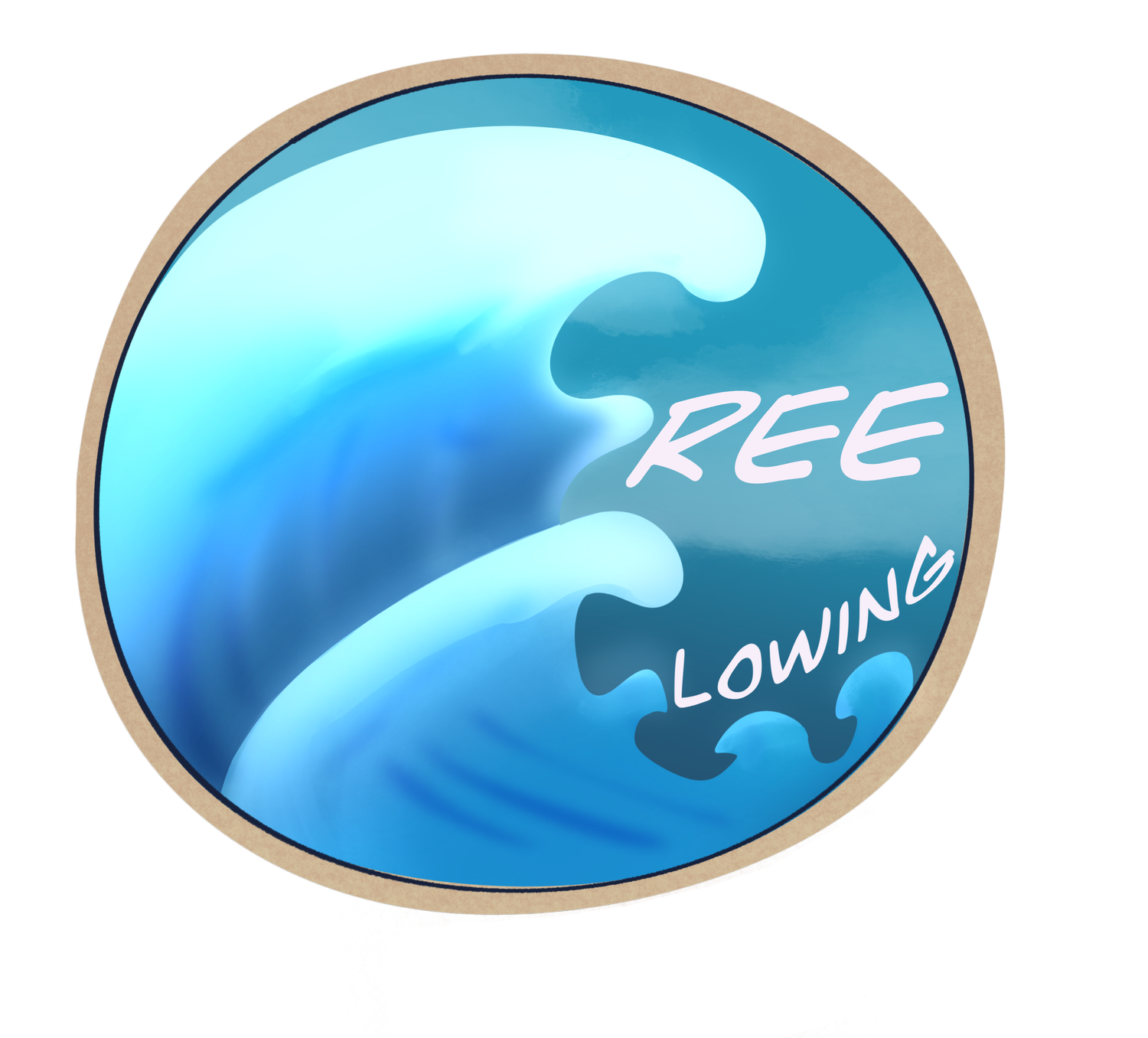Sections with a dice icon are mandatory to read to understand how to play
Skill Checks
There are a specific type of rolls for stats called Skill Checks. They’re for when a roll involves more than using your stats alone for a task. During combat, you can actively roll a skill check as an interaciton.
Skill Checks involve bonuses that add onto your stats when rolling, allowing you to be better at something than normal, please refer to the training rules for more information on bonuses.
There is an arrow at the top of the page to take you to the skill checks.
Conditions
Conditions are special effects placed on a character that can range from getting charmed to going completely unconscious. While the descriptions for all conditions are available, there are far more than one way to apply a condition to a character.
There is an arrow at the top of the page to take you to the conditions.
More Information About Launch N’ Lift
The Launch N’ Lift has the unique perk of being able to deal damage to characters by either throwing them or throwing something at them! For either situation, you need to calculate your Launch N’ Lift DC:
(8 + STR + Launch N’ Lift Bonus)
If you are throwing a character as an interaction, then they need to roll an acrobatics saving throw against your DC. If they fail, then you roll launch n’ lift and they will be thrown a distance and take damage determined by the DM. If they succeed, they simply get out of your grasp and don’t go anywhere.
If you are throwing something at a character as an interaction, then they need to roll a physical saving throw of their choice. If they fail, then you roll launch n’ lift and they will take damage determined by the DM. If they succeed, then the object simply misses or doesn’t deal damage to them.
There is an arrow at the top of the page to take you to the launch n’ lift skill check as well as the rest of the official free flowing skill checks.
Exhaustion
Exhaustion is a special condition that varies in severity by what level of exhaustion you have. 1 level of exhaustion can be reduced per successful long rest.
Exhaustion can be gained by either skipping out on parts of a long rest (food, drink, night’s sleep) or from abilities like Divine Intervention.
Every level of exhaustion you gain gives you a -1 penalty to all rolls and lose 5ft of your movement speed.
When you get to 3 levels of exhaustion, you gain disadvantage on all rolls.
When you get to 6 levels of exhaustion, the number you need to roll over to survive death’s door increases by 5. it will continue to increase by 5 for every level of exhaustion past 6.
Grievous Wounds
Grievous Wounds are a special condition that act as injuries more severe than normal battle damage, specific to different body parts and limbs. 1 Grievous Wound can be reduced per successful long rest.
Grievous Wounds are System Shock, which means that using another body part won’t negate the debuff you get from the wound.
Grievous wounds have two normal ways of being applied:
When a body part is targeted, details in Attacks On Limbs section, and then land a successful attack against the targeted body part
Significantly failing a saving throw by at least a 10 point margin, this margin could be higher or lower. Can gain multiple at once and is at DM’s discretion.
You can have multiple of the same wound and some types of wounds have a maximum amount you can be inflicted with.
There is an arrow at the top of the page to take you to the grievous wounds.
Critical Wounds
Critical wounds are gained when you lose a body part. critical wounds are considered System Shock just like grievous wounds, meaning the use of your remaining limbs won’t get rid of the debuffs brought on by losing one. critical wounds can only be fixed if you can find a substitute for your missing body part.
Critical Wounds are found in the same arrow as Grievous Wounds.





